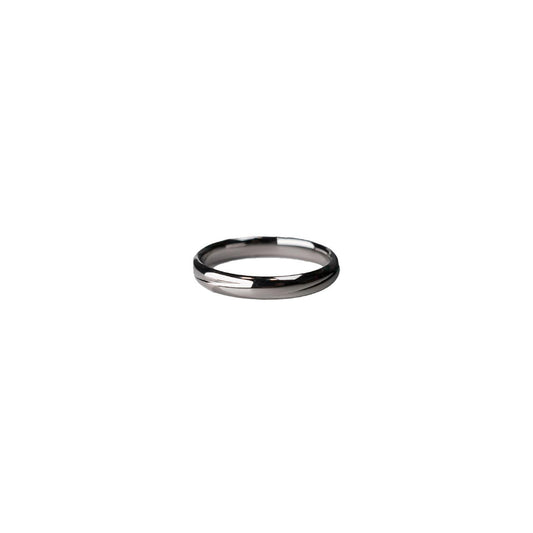What Ring on What Finger
What Ring on What Finger
Slipping on a ring is a ritual imbued with more significance than one might initially think. Its placement isn’t just a matter of comfort or fit—it’s a gesture that can signify everything from relationships to personal milestones. While it might seem straightforward, the symbolism behind each finger and hand can be surprisingly intricate and steeped in tradition.
The most iconic finger is undoubtedly the left ring finger, often reserved for engagement and wedding rings. This practice has deep roots, reaching back to ancient Rome, where it was believed that the "vena amoris" or the "vein of love" in this finger directly connected to the heart. Although biology has since debunked that myth, the romantic notion persists. Wearing wedding bands on this finger is a tradition in many Western countries, embodying an everlasting connection.
Then there's the right hand, where things get a bit more varied. In several cultures such as Russia and India, wedding rings are worn on the right ring finger instead. This divergence often surprises those unfamiliar with the custom, and it certainly raised eyebrows when my college roommate, Natasha, donned her wedding band on her right hand. I remember us sitting on the dorm room floor, surrounded by textbooks, where she explained with a twinkle in her eye that it symbolized unity and strength in her culture. That simple conversation opened my eyes to the beautiful diversity in traditions.
Beyond nuptial commitments, rings on other fingers each carry their own meanings. The middle finger, for instance, is often associated with balance and responsibility. Maybe that's why I gravitated to wearing a simple silver band there—it just felt right. It wasn’t until later that I learned its symbolism resonated with my pragmatic nature. The index finger, in contrast, speaks to leadership and authority. Historically, this was the finger where signet rings, which bore the family crest, would reside—a statement of both identity and influence.
For those with a penchant for creativity, the pinky finger offers a canvas for personal expression. Less bound by traditional meanings, the pinky is a place for fashion or family heritage rings. The thumb, often reserved for statements of style or strength, allows for more substantial, bold designs due to its size.
When contemplating ring placement, it’s fascinating to consider not only personal style but also these layers of cultural and historical significance. After all, a ring is not just an accessory; it's a reflection of one's identity, values, and even global perspective. As rings are exchanged, given, or chosen, they become a part not just of our wardrobe, but of our life's story—a story that can be told one finger at a time.
Sometimes, amidst all the symbolism, it's nice to remember that the choice is ultimately personal. Whether worn for tradition or purely for fashion, it's about what feels right on your hand and in your heart.

























